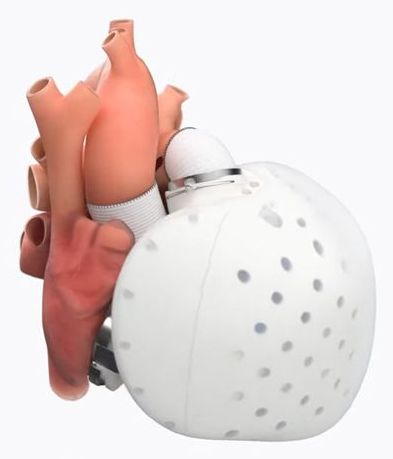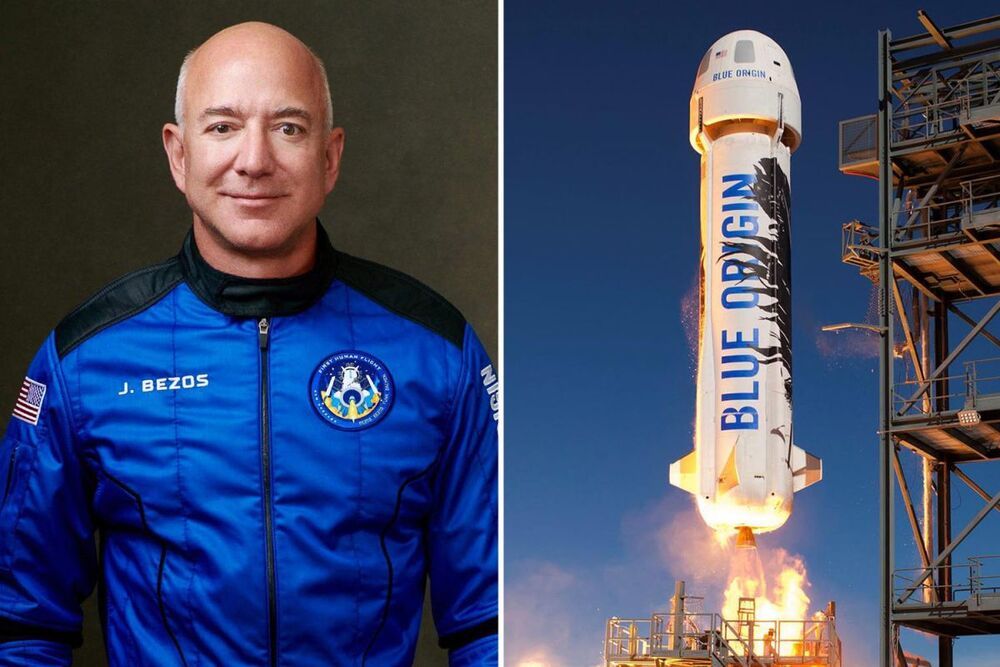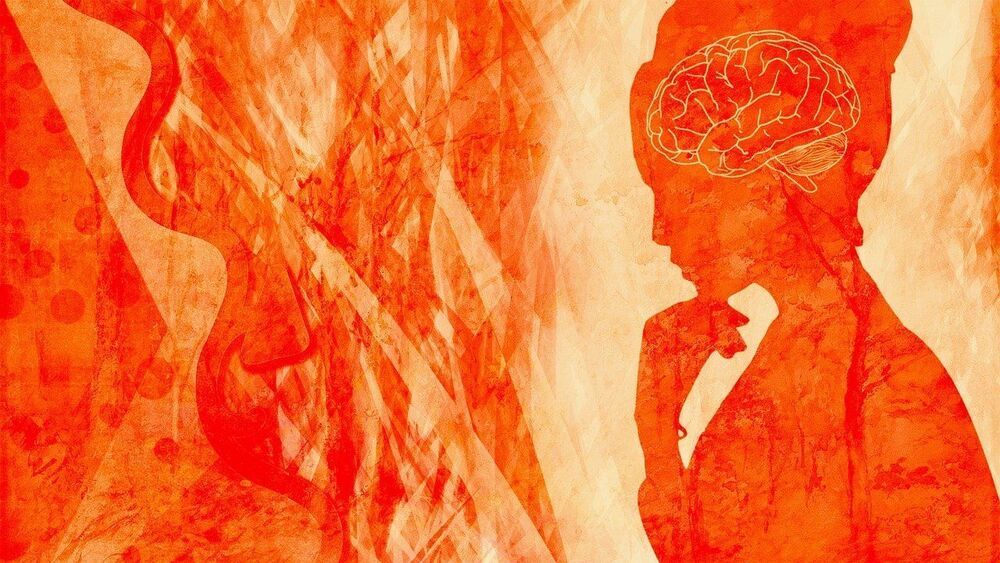The August skies are going to be gorgeous.
The planet Saturn will reach a moment of alignment with Earth and the Sun known as “opposition” in August 2021 and appear especially bright in the sky.


The science and technology of growing young — sergey young, founder, longevity vision fund.
Sergey Young (https://sergeyyoung.com/) is a longevity investor, visionary, and author, with a mission to help one billion people extend their healthy lifespans by making longevity affordable and accessible for everyone. As part of this mission, he is the Founder of the Longevity Vision Fund (LVF — https://lvf.vc/), a $100 Million venture capital fund that invests in technologies with the potential to disrupt life sciences and healthcare to help people live longer and healthier lives.
Sergey’s investment experience, spanning over 20 years, includes managing a $2 Billion private equity fund and co-founding Peak State Ventures, a New York-based private equity fund focusing on new technologies in Real Estate, Digital Healthcare, and the Future of Work. Sergey is also Longevity Venture Partner at BOLD Capital Partners, a $250 Million fund focusing on exponential technologies co-founded by Peter Diamandis.
Sergey’s longevity-related activities also include the following:
- Innovation Board Member at XPRIZE Foundation, dedicated to solving the world’s biggest problems;

JEFF Bezos has offered NASA $2 billion in exchange for a contract to allow astronauts to land on the moon.
The Amazon founder made his offer to administrator Bill Nelson in an open letter on Monday, a week after his own historic rocket launch.
Billionaire Bezos wrote: Blue Origin is committed to building a future where millions of people live and work in space to benefit the Earth.

The first science from the eROSITA space observatory is here.
The German-built eROSITA space telescope is creating the most detailed map of the distribution of black holes and neutron stars in the Universe, having discovered over two million such new objects in the two years since its launch in 2019.


It is among the longest flights by an electric aircraft.
The company, which is backed by Toyota and recently acquired Uber’s flying taxi division, has said that it plans to have a full-scale air taxi service in operation by 2024, including regional trips. The point of the 150-mile flight was to demonstrate how far its aircraft could fly on a single charge, to allay concerns about the vehicle’s range and battery. If you want to fly from New York City to Montauk, Joby wanted to show that it can get you there without running out of juice.
“We’ve achieved something that many thought impossible with today’s battery technology,” JoeBen Bevirt, founder and CEO of Joby, said in a statement. “By doing so we’ve taken the first step towards making convenient, emissions-free air travel between places like San Francisco and Lake Tahoe, Houston and Austin, or Los Angeles and San Diego an everyday reality.”

A novel metallic compound of hydrogen, carbon, and sulfur exhibited superconductivity at a balmy 59 degrees Fahrenheit—when pressurized between a pair of diamond anvils.
Via Quanta Magazine9 months ago.
Physicists finally achieved the long-sought goal, but there’s a catch: Their compound requires crushing pressures to keep from falling apart.

Summary: Study reveals an abundance of the CRMP2 protein in people with schizophrenia. The findings could lead to a blood-based biomarker test for the mental health disorder.
Source: SBPMDI
Scientists at Sanford Burnham Prebys have discovered how levels of a protein could be used in the future as a blood-based diagnostic aid for schizophrenia. The activity of the protein, which is found in both the brain and blood, affects neural connections in human brains and is uniquely imbalanced in people diagnosed with the condition. The research also provides guidance for future analyses into the molecular basis of this serious, disabling mental disorder.